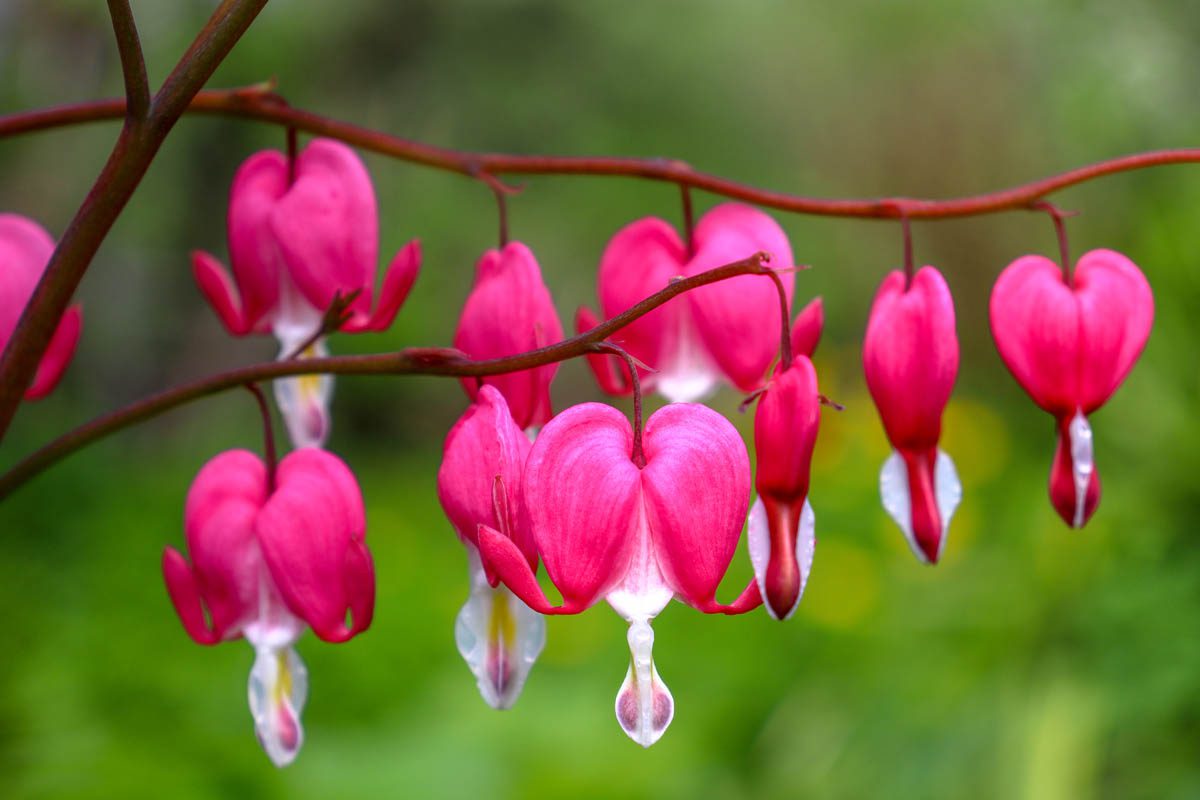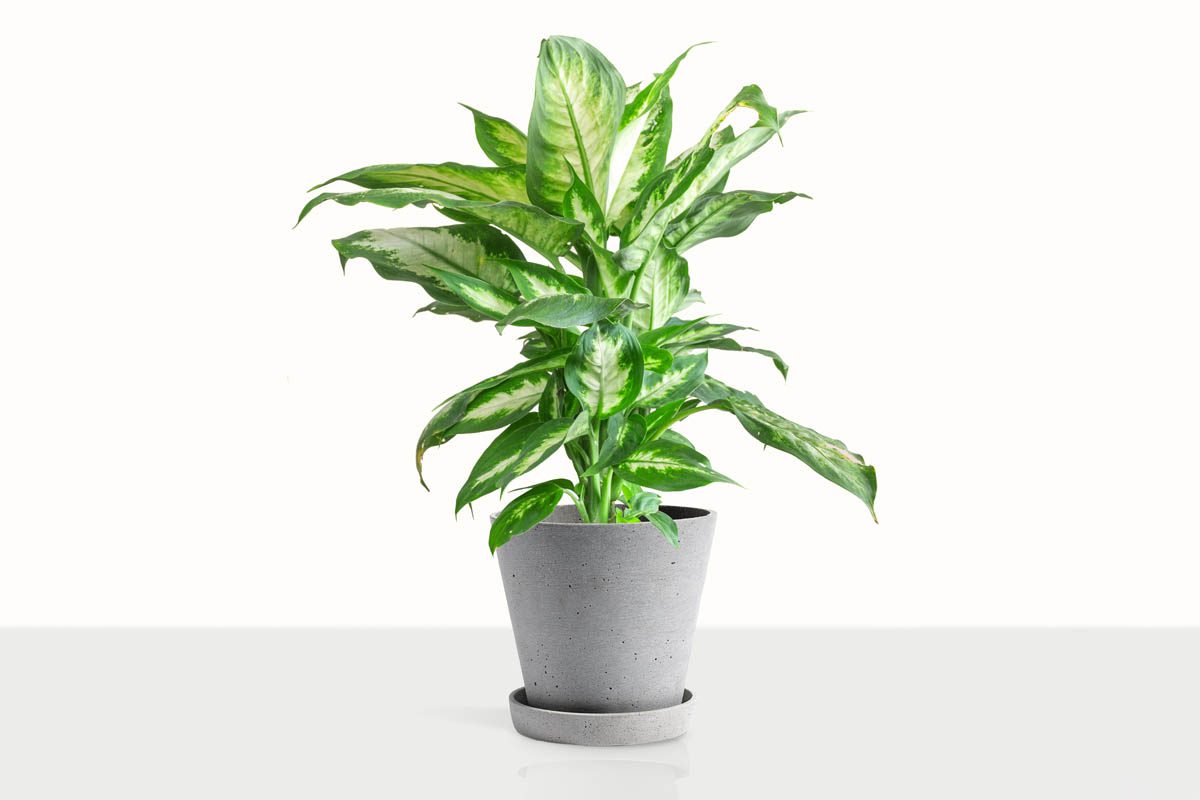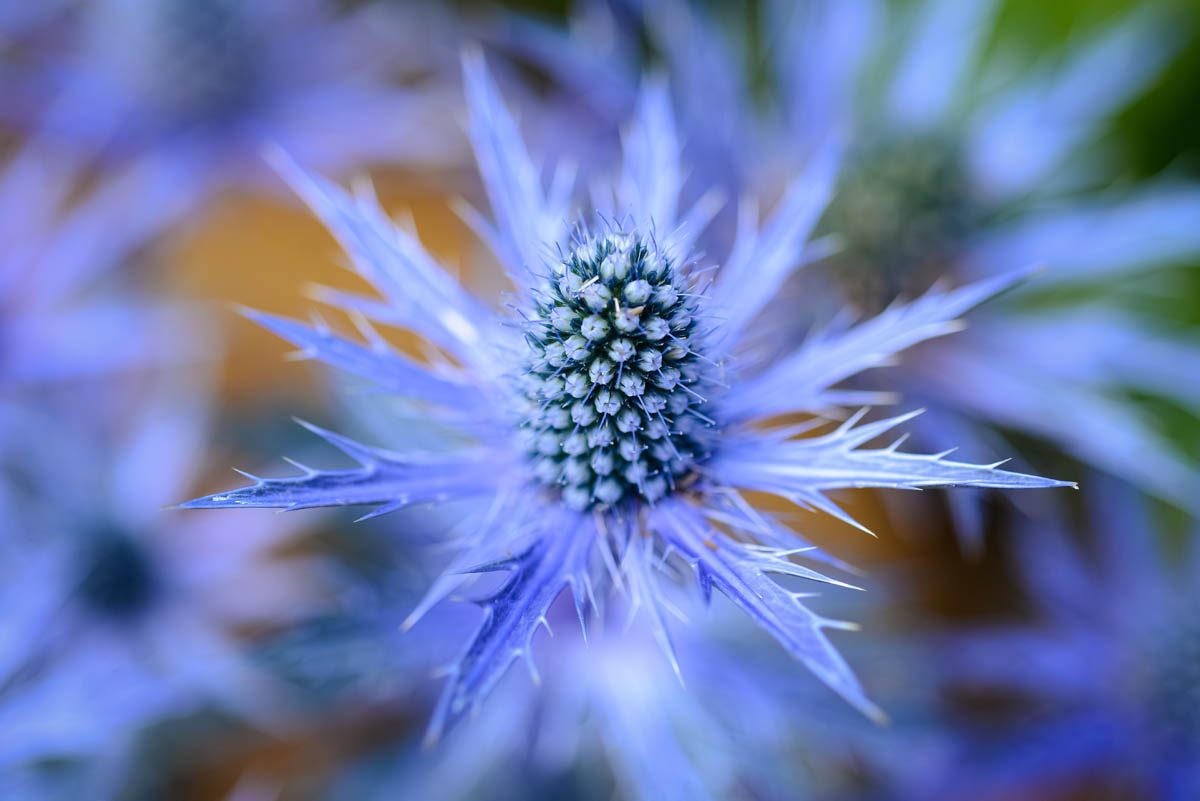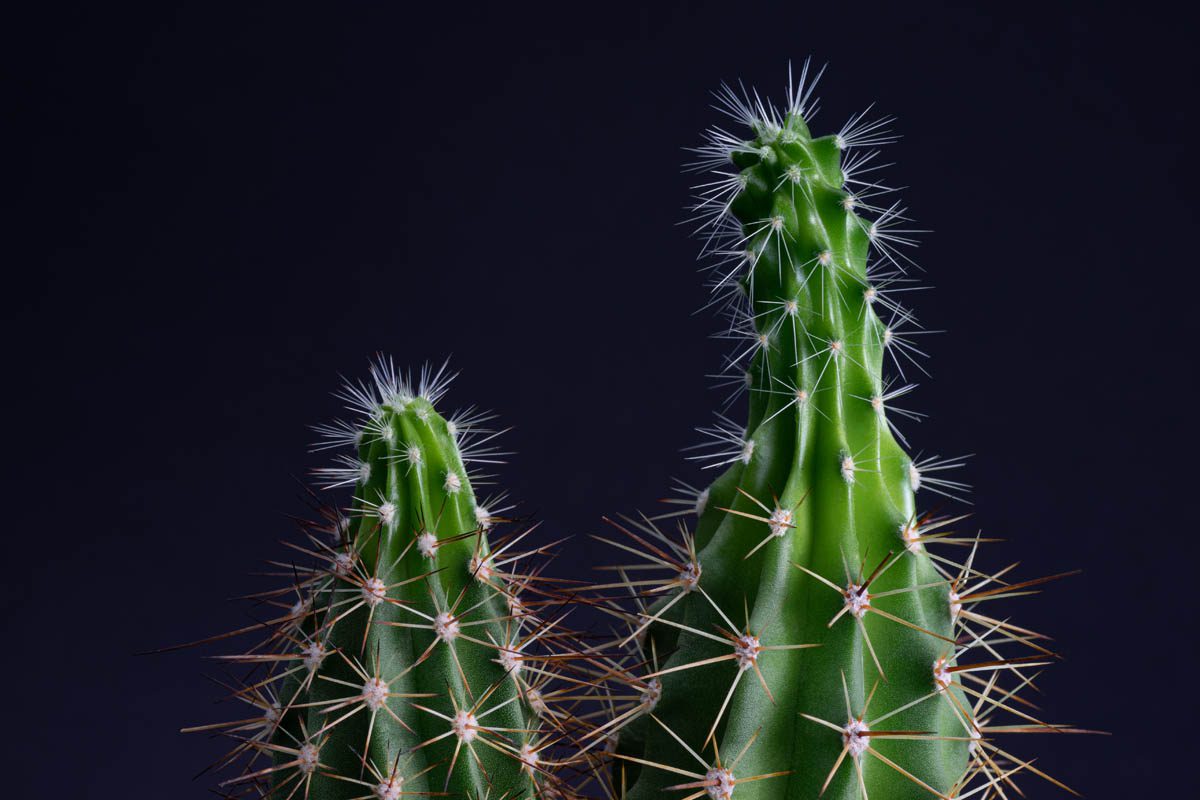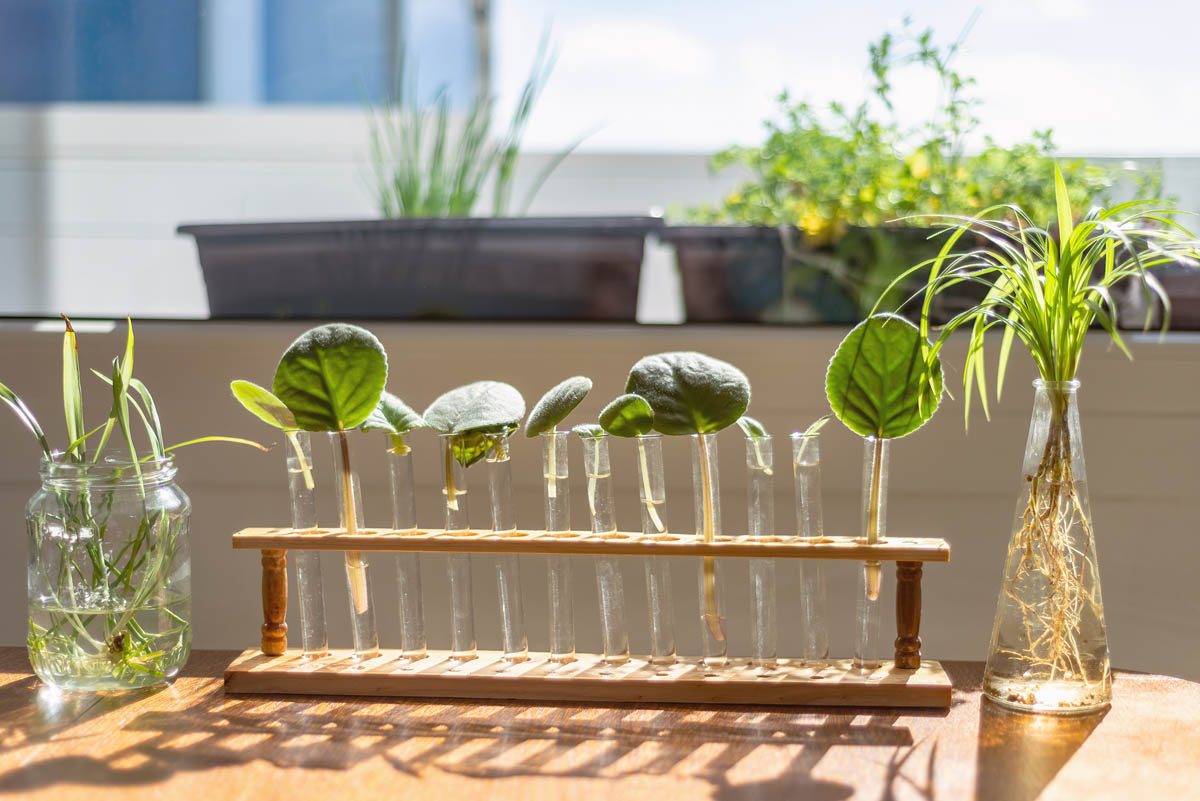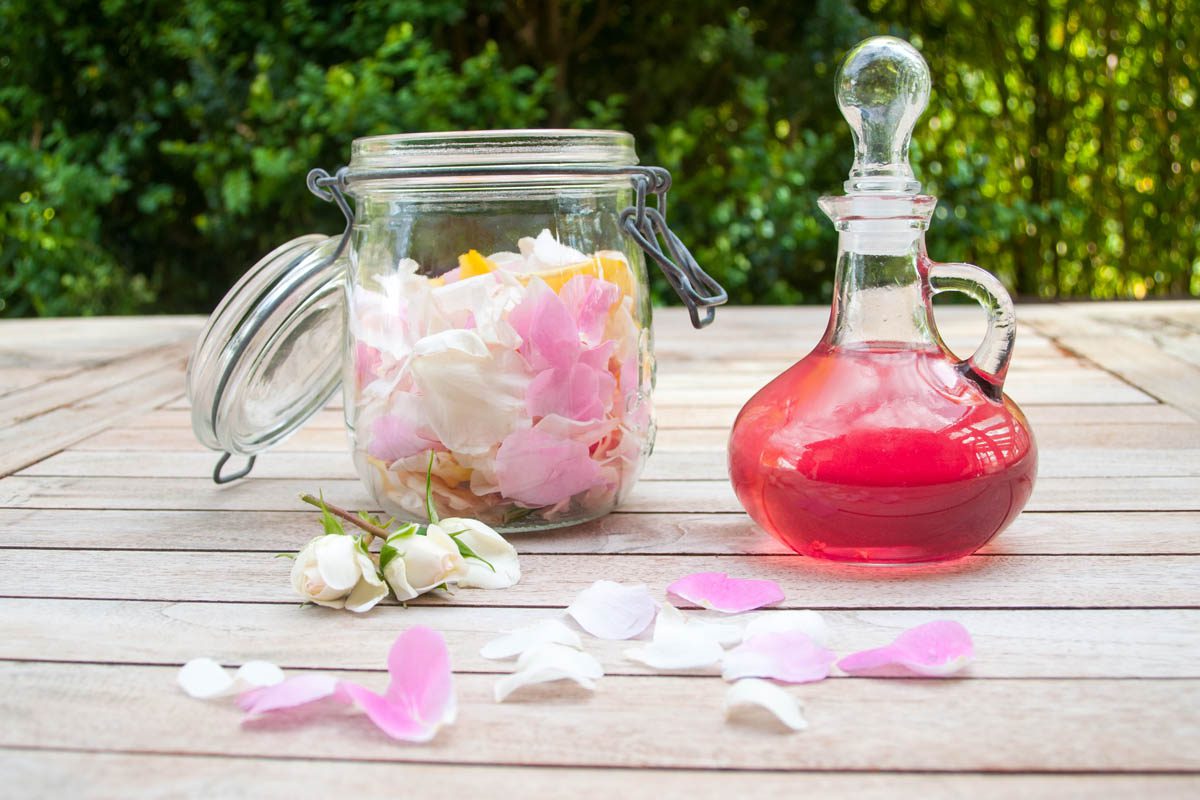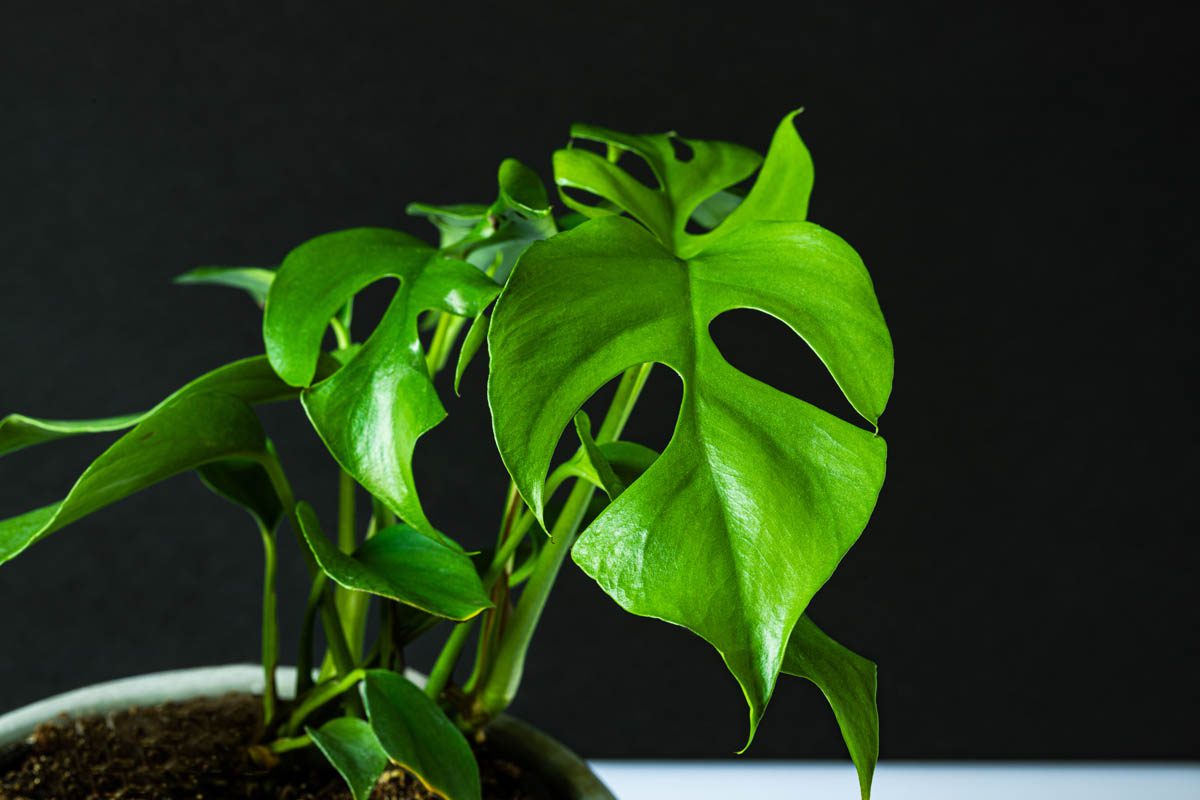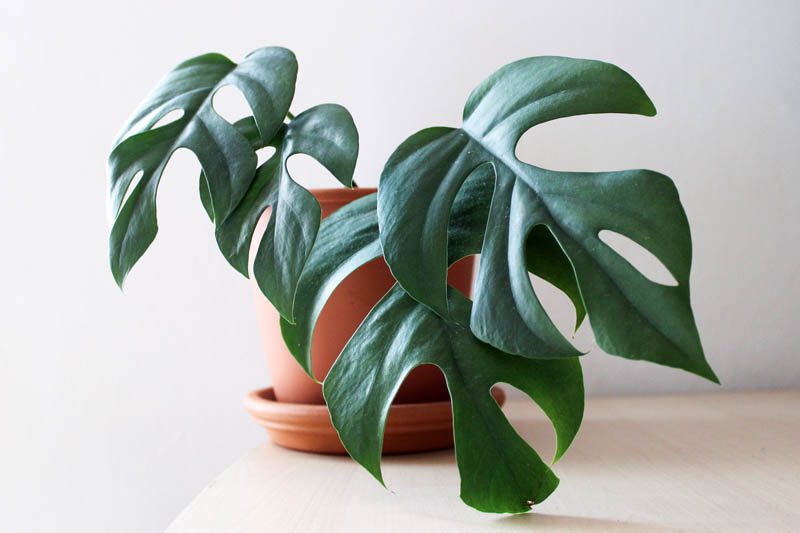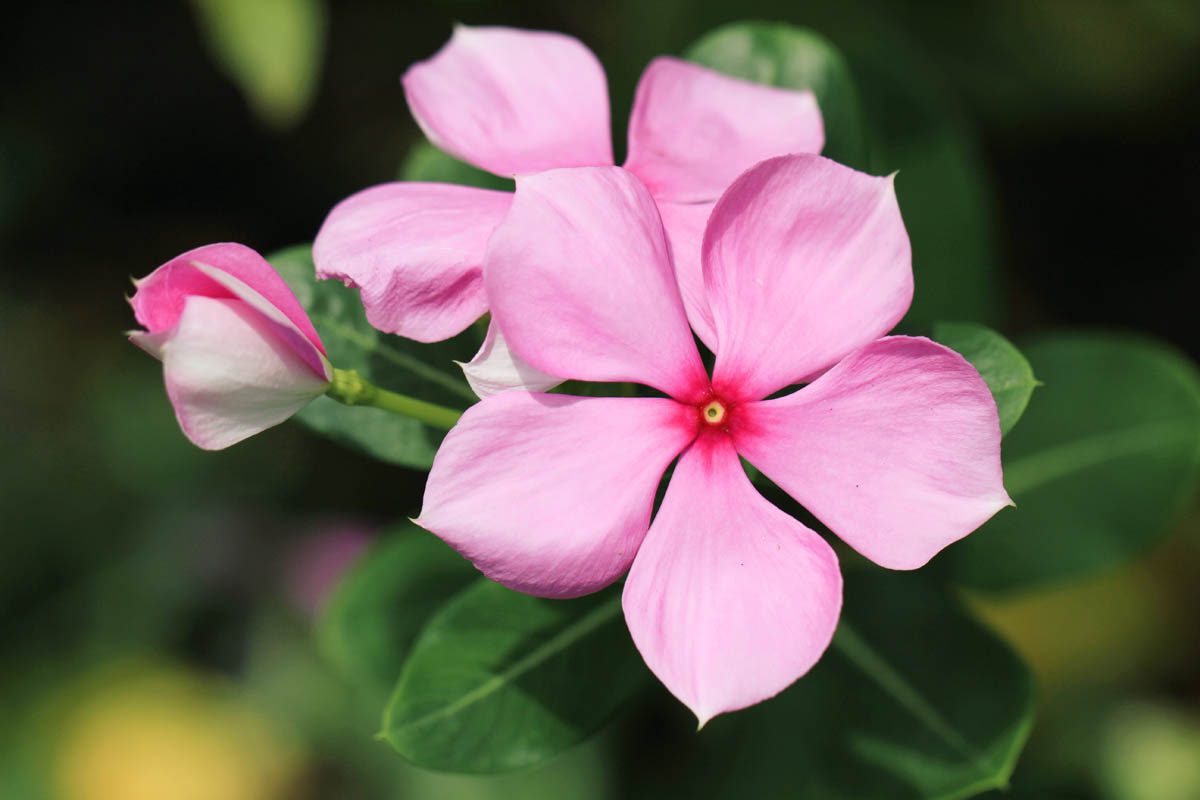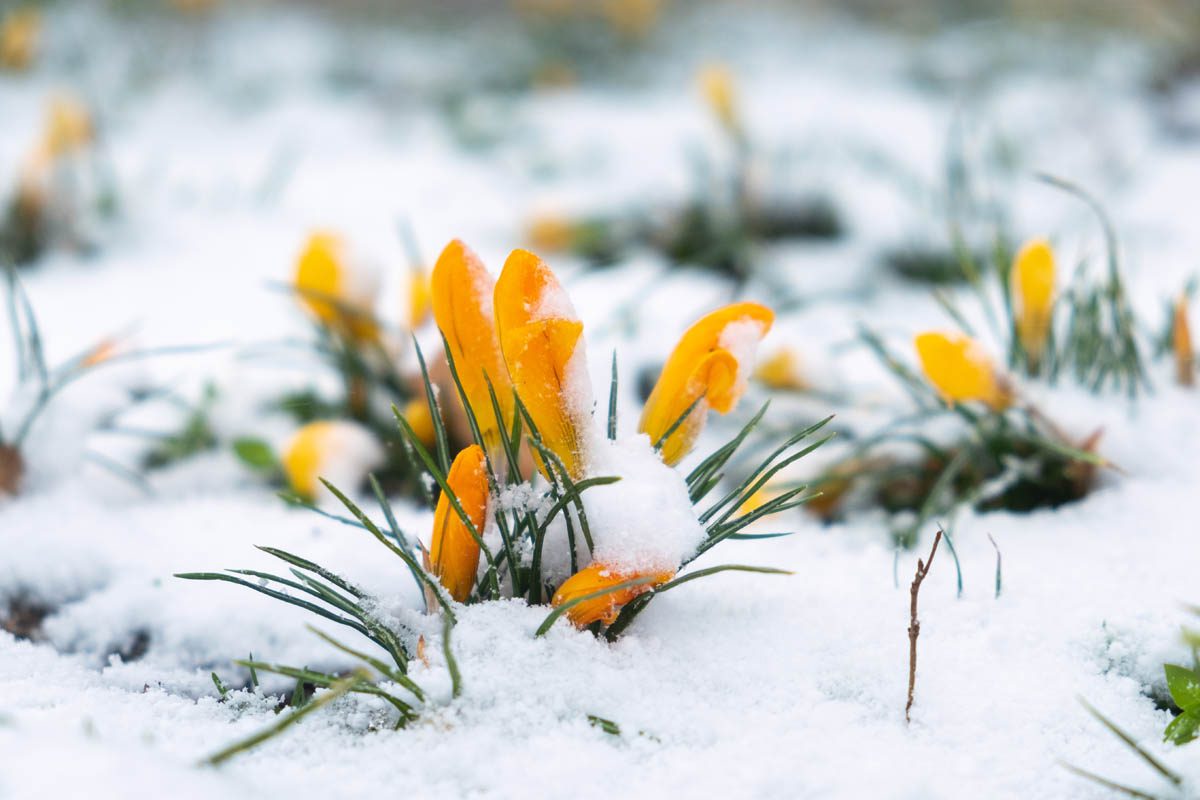What are insoluble calcium oxalate crystals?
The discovery of calcium oxalate crystals was made in the mid-17th century by Marcello Malpighi (1628-1694), an Italian physician, biologist, and anatomist. Dr Malpighi used the newly-invented microscope to examine the internal structure of plants and described them his work ‘Anatome Plantarum‘, which was published in 1675. In his book, he refers to calcium oxalate crystals as ‘sarmenta‘, which he observed in the stems, leaves and roots of a number of plant species.
Calcium oxalate crystals are found in five morphologies:
- Raphides (needle-shaped crystals)
- Druses (spherical aggregate of individual crystals)
- Styloids (elongated crystals with ridged or pointed ends)
- Prismatic (four or more sides similar in length and width)
- Crystal sands (minute crystals in a single cell).
The focus of this article is raphides, which pose the greatest risk to humans and animals due to their shape which allows them to penetrate the tissues of the oropharynx and gastrointestinal tract. They can vary in size from micrometres to several millimetres and may be straight, clustered in groups, curved or spiral shaped or branched with multiple needle-like projections.
Julia is a writer and landscape consultant from Wollongong with a love of horticulture. She had been an avid gardener for over 30 years, collects rare variegated plants and is a home orchardist. Julia is passionate about learning and sharing her knowledge of plant propagation and plant toxicology. Whether it’s giving advice on landscape projects or sharing tips on growing, Julia enjoys helping people make their gardens flourish.

